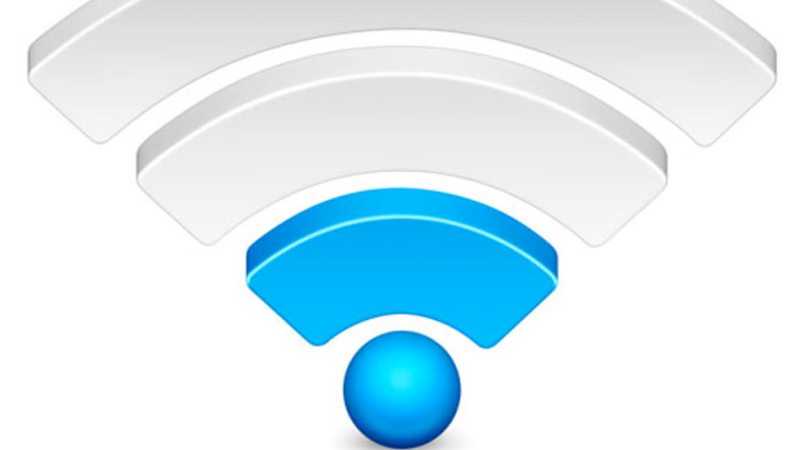Bad Internet connections are our #1 tech difficulty and frustrating too, and this directly affects our ability to do our online work, and be entertained from home; which has become vital in the coronavirus era. To begin with, do an Internet speed test before you start taking any steps.
Your Wi-Fi slowing to a crawl has several causes. Ultimately, you want things running smoothly, with as little as disruption as possible. Fortunately, there are a couple of steps to follow to fix your Wi-Fi. So, let us take a glance at what could also be causing your slow Wi-Fi.
1) Tune your Wi-Fi
Most people’s problem is the Wi-Fi network. Building materials and dead zones can wreak havoc. Think of Wi-Fi waves like music emanating from a speaker. The closer you are to the source, the louder you will hear it. The separation of walls causes things to get quieter and more muffled.
Try moving your router to where you can see it. Pull the router out and keep it far away from restrictions containing metal or water which will block the Wi-Fi waves. On a shelf is better than the floor, and upstairs is better than in the basement.
2) Update your router’s firmware
Since you might be already logged in to your router’s interface to see your Wi-Fi channel, you should check to see if there is an available firmware update. Updating your router keeps it as secure as possible; and up to date with the newest software fixes for known problems. Many newer routers have automatic firmware updates, but if your router doesn’t, you ought to periodically check for them to ensure that your router works as fast as possible.
3) Too many bandwidths
Bandwidth refers to the amount of knowledge which will be sent over a network at any given time. That means whenever someone on your network makes a video call, streams a movie, or downloads an outsized file; it could slow your Wi-Fi down.
Once the Task Manager opens, you’ll sort your activities by what proportion bandwidth they are using by clicking on the header of the Network column. If you discover any activities that are taking an excessive amount of bandwidth, you will select them and click, End Task.
4) Use a strong Wi-Fi security standard
If your Wi-Fi’s security is not strong enough, it might be easy to gain access to the password. Your neighbour could be stealing your Wi-Fi connectivity, which could also be why you have got slow Wi-Fi. Therefore, we always suggest using a WPA2 security protocol on your router. You can change this via your router’s settings.
To set a WPA2 password you need to access your Wi-Fi settings. This can be done by entering your router’s IP address in any browser on your phone or computer. You can find your router’s IP address at the back of the router, or else you can also look for it by accessing your Wi-Fi’s network settings on your phone or computer.
Takeaway:
Identifying the reason for your slow Wi-Fi is often a challenge. If you have exhausted the physical explanations for your sluggish network, then it might be time to turn to a professional for help. Give us a call on 1300 016 017 for Wi-Fi router setup and repairs.





